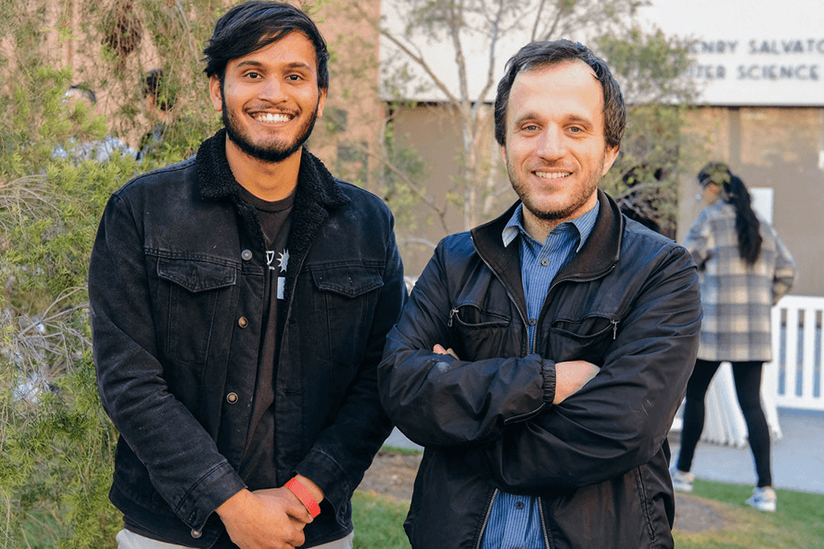In a new paper, USC computer science researchers “teach” robots how to predict human preferences in assembly tasks.
Humans have a way of understandings others’ goals, desires and beliefs, a crucial skill that allows us to anticipate people’s actions. Taking bread out of the toaster? You’ll need a plate. Sweeping up leaves? I’ll grab the green trash can.
This skill, often referred to as “theory of mind,” comes easily to us as humans, but is still challenging for robots. But, if robots are to become truly collaborative helpers in manufacturing and in everyday life, they need to learn the same abilities.
In a new paper, a best paper award finalist at the ACM/IEEE International Conference on Human-Robot Interaction (HRI), USC Viterbi computer science researchers aim to teach robots how to predict human preferences in assembly tasks, so they can one day help out on everything from building a satellite to setting a table.
“When working with people, a robot needs to constantly guess what the person will do next,” said lead author Heramb Nemlekar, a USC computer science PhD student working under the supervision of Stefanos Nikolaidis, an assistant professor of computer science. “For example, if the robot thinks the person will need a screwdriver to assemble the next part, it can get the screwdriver ahead of time so that the person does not have to wait. This way the robot can help people finish the assembly much faster.”
